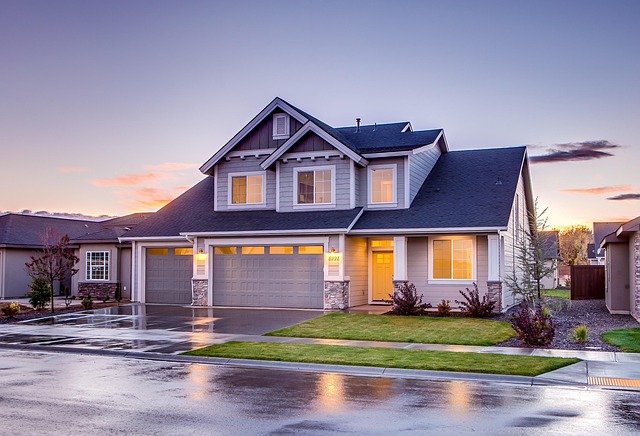Understanding the Potential of Mixed-Use Properties in Today's Market
Introduction: With the real estate landscape forever changing, investors and property buyers are constantly on the lookout for innovative approaches. One such strategy that has been gaining traction recently is the investment in mixed-use properties. This article delves into the world of mixed-use properties, their potential in today's market, and how they could reshape our urban landscapes.

The Emergence of Mixed-Use Properties
Mixed-use properties, which blend residential, commercial, and sometimes industrial spaces within a single project, have been around for decades. They were a staple in urban areas during the early 20th century but fell out of favor with the rise of suburbia and single-use zoning. However, over the past few years, we’ve seen a resurgence in their popularity. This trend is largely driven by urbanization and the desire for walkable neighborhoods, where living, working, and leisure activities are all within easy reach.
The Current Market Scenario
The appeal of mixed-use properties has increased exponentially amidst shifting lifestyle preferences and changing work patterns. With more people working from home, having access to amenities, offices, and residential spaces in one place has become highly desirable. Current market trends indicate a growing demand for these properties, particularly in metropolitan areas. Despite the economic uncertainties brought about by the pandemic, mixed-use properties have shown resilience, underlining their potential as a robust investment avenue.
Pros and Cons of Investing in Mixed-Use Properties
Investing in mixed-use properties comes with its own set of advantages and challenges. On the positive side, these properties offer a diversified income stream, as they cater to residential, commercial, and sometimes even industrial tenants. They also tend to have lower vacancy rates, as the different components support and feed off each other. On the downside, managing mixed-use properties can be complex, requiring a deep understanding of different market segments. Additionally, securing financing for such properties can be more challenging compared to traditional real estate investments.
Impact on Real Estate Stakeholders
The rise in mixed-use developments could significantly impact various stakeholders in the real estate sector. For buyers and investors, these properties offer a unique diversification strategy. For renters and residents, they offer the convenience of having residential and commercial spaces in close proximity. For urban planners and city officials, they present an opportunity to create more vibrant, sustainable, and walkable communities.
The Future of Mixed-Use Properties
While the future is always uncertain, the trend towards mixed-use properties appears to be here to stay. As millennials and Gen Z continue to prioritize convenience, sustainability, and work-life balance, the demand for these properties is likely to grow. Furthermore, as cities look to become more resilient in the face of future pandemics and climate change, mixed-use properties could play a crucial role in promoting density, reducing car dependency, and creating more vibrant urban ecosystems.
In conclusion, the rise of mixed-use properties presents an exciting development in the real estate sector. While there are challenges to overcome, the potential benefits for investors, residents, and cities at large make this a trend worth watching. As always, careful research and due diligence are key to navigating this evolving landscape successfully.




